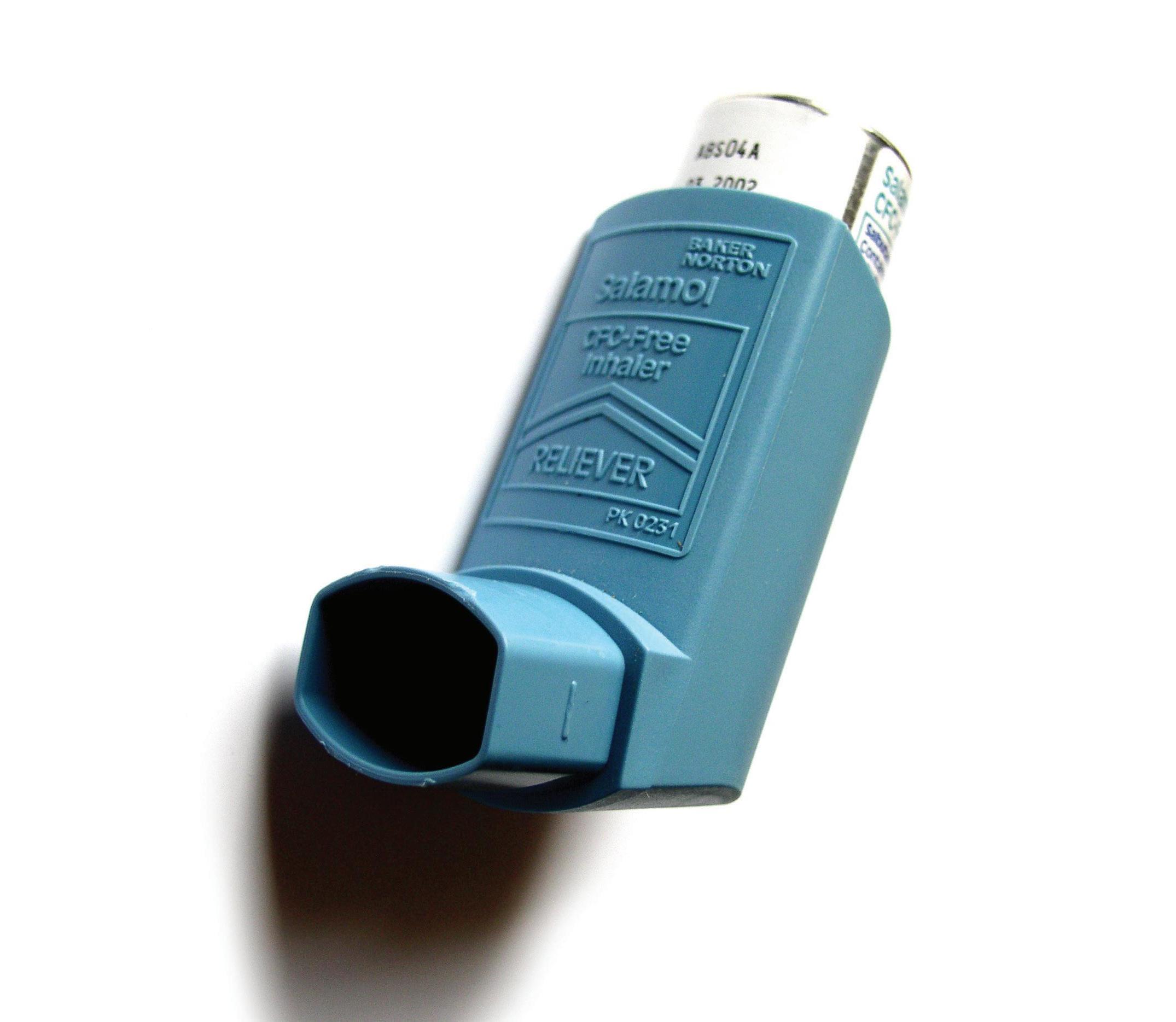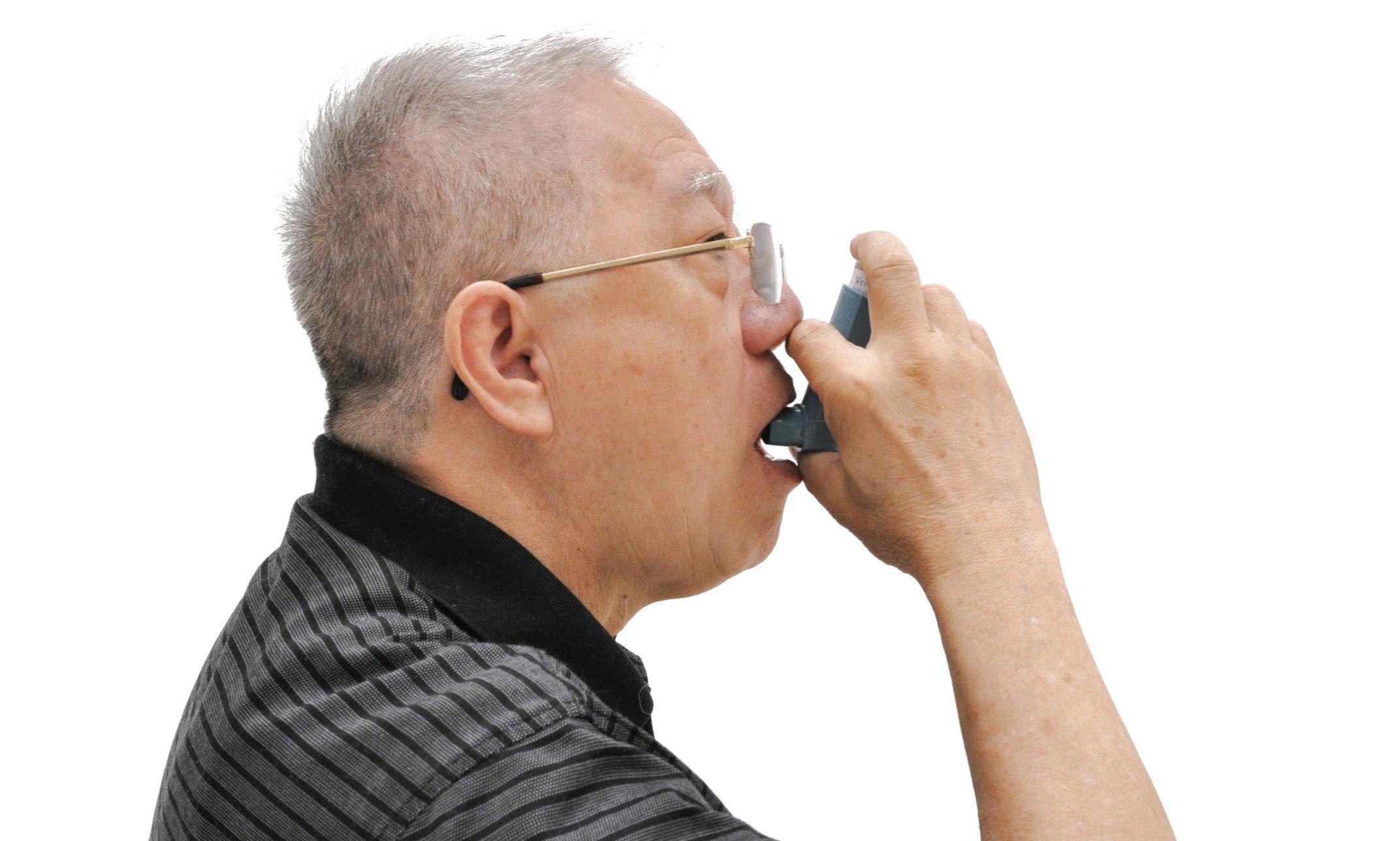
2 minute read
Acute Asthmatic Attack
Background
Asthma is a small airway disease that causes airway obstruction due to bronchoconstriction (constriction of the airway) and increased sputum production. It is most commonly triggered by allergens exposure.
Advertisement
Asthma among older adults are common and can be serious. Although many people have their first episode of asthma at young age, asthma can happen in any ages including elderly. Unlike their younger counterparts, the elderly are more likely to develop severe health problems (for example, respiratory failure) even during mild asthma attack. The condition rarely resolves itself and remains as a disabling disorder to the advanced age.
Diagnosis of asthma in elderly may be missed due to the masking effect from other illnesses, such as heart disease and emphysema. The less active lifestyle of elderly compared to a young person also lowers the chance of provoking acute asthmatic symptoms (e.g. wheezing and breathing problems).
Chronic Asthma with Airway Remodeling Incresed fibrosis
Increased muscle thickness
Increased mucus
Increased inflammatory cells (CD4 and eosinophils)
Effect of Inhibiting NF-kB on Airway Remodeling Decreased fibrosis
Decreased muscle thickness
Decreased mucus
Decreased inflammatory cells (CD4 and eosinophils)
Mild Asthma Minimal fibrosis
Minimal muscle thickness
Symptoms and signs
The precipitants of acute asthmatic attack include: Allergens - Dust mites - Pollen - Animal Dander - Perfume - Medication such as aspirin Exacerbation Factors - Cold Weather - Air Pollutants - Smoking - Emotional Stress - Infection Complications Acute - Pneumothorax - Acute Respiratory Failure Chronic - Increase chances of infection of the lung
- Productive cough with sputum, especially recurrent - Wheezing or noisy breathing - Shortness of breath - Insucking chest wall - Use of accessory muscles
! Breathing very fast or very slow ! Unilateral chest pain ! Excessive sweating ! Unable to speak in full sentences ! Altered mental status
As a first aider
Remarks
- Provide symptomatic relief to alleviate bronchoconstriction - Monitor closely to detect any deterioration
Do’s
1. Administer bronchodilator if the elderly has one 2. Keep the elderly calm and comfortable 3. Position the patient upright and loosen all tight clothing 4. Seek emergency medical help if there is no bronchodilator or the elderly does not respond to the bronchodilator
Don’ts
1. Leave the elderly unattended 2. Delay medical consultation if the elderly does not improve promptly
Emergency medication Short Acting Bronchodilator (Salbutamol—blue bottle)
Dosage - Emergency Relief Give 4-6 puff of bronchodilator, take 4-6 breaths between each puff
If the patient is still having asthma attack, repeat the above step after 4-6 minutes.
Canister
Mouthpiece
How to use a bronchodilator 1. Remove cap and shake the canister thoroughly 2. Hold the canister upright 3. Breathe out fully 4. Place mouthpiece between lips 5. Press the inhaler and inhale slowly and deeply simultaneously 6. Hold the breath for 10 seconds or more 7. Wait at least 1 minute before taking second dose
How to use a bronchodilator (with spacer) 1. Remove cap and shake the canister thoroughly 2. Insert the bronchodilator inhaler into the spacer 3. Breathe out fully 4. Place mouthpiece of the spacer between lips, ensure air tight 5. Press the inhaler and breathe normally for 5 breaths



